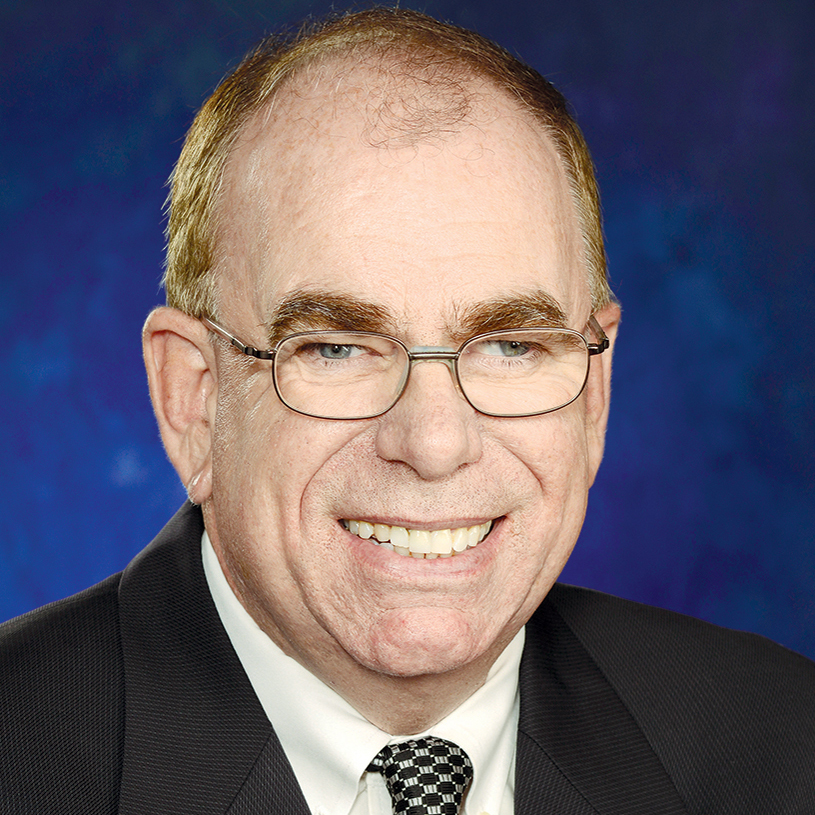
I met Maria in a coffee line. She was between her two jobs. Frankly, it looked like she needed the caffeine more than I did. And that’s saying something.
As we chatted, I discovered we both work in the senior living field. But our day jobs hardly could be more different.
Maria is employed as a part-time aide at a senior living center. Two of them, actually.
Whenever possible, she puts in about 30 hours a week at each. Her managers at both communities don’t want her working much more than that, for reasons that any person familiar with benefit requirements can understand.
As a practical matter, that means she constantly must juggle two shifting schedules. Nights, weekends, holidays and sometimes double shifts all are a regular part of her world.
And by the way, it’s work she’s grateful to have. It certainly beats one of the places where she was once a part-timer. There, extra unpaid time was not just expected, but demanded.
Still, there’s no getting around the fact that her work is physically demanding. And the constantly changing hours make scheduling the rest of her life no small challenge.
We often hear about the labor challenge in senior living. To be sure, it’s very real. There is a lot of competition, and conditions are especially difficult these days. It’s not easy to find and keep people willing to work for the wages that are available.
But if we are going to be honest, at least part of the problem has little to do with unforgiving external conditions and more to do with conditions some operators have decided to put in place.
To get more to the point, many communities simply refuse to hire full-time workers. From an economics standpoint, that is understandable. But it doesn’t do much for the Marias of the world. And there are a lot more of them out there than many operators would like to admit.
“You must work very hard,” Maria said to me as we ended our chat.
I used to think so.
John O’Connor is editorial director of McKnight’s Senior Living. Email him at [email protected].

